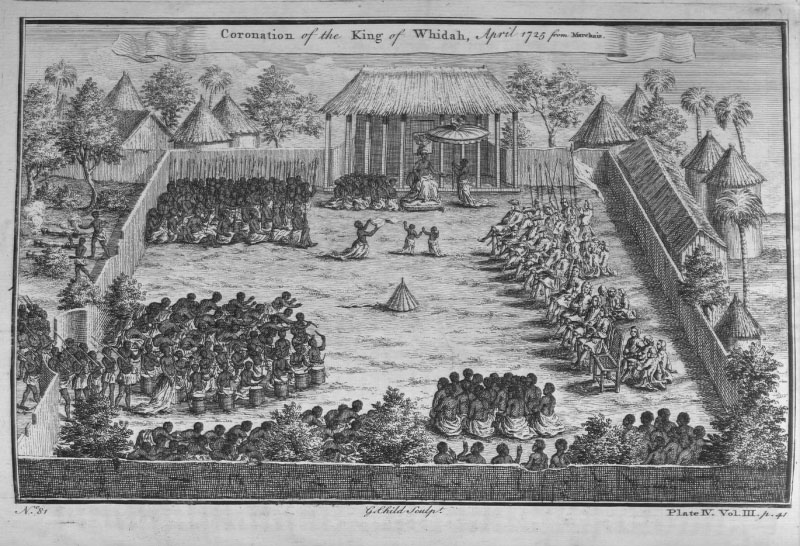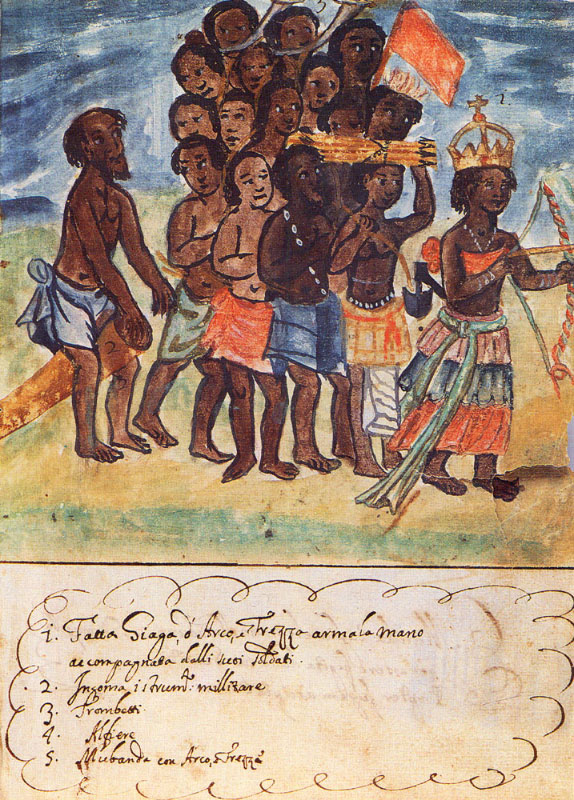A Thriving Tapestry of Kingdoms and Culture
Imagine a West Africa untouched by European influence, where vibrant kingdoms flourished amidst lush rainforests and sweeping savannas. This was the West Africa of old, a land where sophisticated societies, artistic brilliance, and intricate trade networks thrived centuries before the horrors of the slave trade.

Image: www.slaveryandremembrance.org
Far from the impoverished and war-torn image often portrayed, pre-colonial West Africa was a hub of innovation and cultural exchange. From the powerful empires of Ghana, Mali, and Songhai to the artistic kingdoms of Benin and Ife, West Africa boasted a rich tapestry of governance, commerce, and artistic expression that astonished European explorers.
Governance and Social Hierarchy
West African societies were highly structured, with complex hierarchical systems based on birthright, wealth, and merit. At the apex stood monarchs, who held both political and religious authority. Below them were aristocrats, military leaders, and a variety of guilds representing different occupations, such as farmers, merchants, and artisans.
Social mobility was possible, with successful individuals or families rising through the ranks based on their contributions to society. This fluidity encouraged innovation and competition, fostering the development of skilled craftsmen and astute merchants who drove the region’s economic growth.
Economic Prosperity and Trade
West Africa was a major player in the trans-Saharan trade network, connecting the Middle East and North Africa to the gold-rich kingdoms of the south. This lucrative trade in gold, salt, and other commodities brought immense wealth to West African merchants and rulers.
The abundance of natural resources, such as iron ore and tin, also fueled the growth of local industries. Artisans crafted exquisite jewelry, pottery, and textiles, not only for domestic use but also for export to far-off lands.
Artistic and Intellectual Flourishing
West African civilizations fostered a vibrant artistic tradition. Bronze sculptures from Benin and Ife depict intricate figures, often depicting scenes from royal ceremonies and mythological stories. The Akan people of Ghana were renowned for their intricately patterned gold weights, showcasing their mathematical prowess and aesthetic sensibilities.
In the realm of intellect, scholars and scribes emerged, recording their knowledge in written scripts. The Timbuktu Manuscripts, a collection of over 700,000 documents, offer a glimpse into the intellectual and educational achievements of West Africa during this period.

Image: slaveryandremembrance.org
Religion and Spirituality
The people of West Africa practiced a diverse range of religions, including animism, polytheism, and Christianity. Animists believed in the presence of spirits in the natural world, while polytheists worshipped a pantheon of gods and goddesses. Islam, introduced by traders from North Africa, gained significant influence in the region, particularly in the western kingdoms.
Religious rituals and ceremonies played a pivotal role in community life, strengthening social bonds and providing a sense of belonging. The belief in an afterlife influenced artistic depictions and burial practices, shaping the cultural and spiritual landscape of West Africa.
Tips for Further Exploration
To delve deeper into the vibrant history of pre-colonial West Africa, consider the following tips:
- Explore museums and historical sites: Visit museums dedicated to West African history and culture, such as the National Museum of Ghana in Accra and the Museum of Fine Arts in Boston.
- Engage with cultural performances: Attend performances featuring traditional dance, music, and storytelling, which provide a firsthand glimpse into the rich artistic heritage of the region.
- Read historical accounts: Consult books and online resources by reputable historians to gain a deeper understanding of the empires, trade networks, and social structures of pre-colonial West Africa.
By exploring these avenues, you can expand your knowledge and appreciate the complexities and achievements of West Africa’s rich past, before the era of European colonialism.
FAQ About West Africa Before the European Slave Trade
- Q: How advanced were the West African kingdoms before European contact?
A: West African kingdoms were highly organized and sophisticated societies with complex political systems, economic networks, and artistic traditions. - Q: What was the role of trade in West Africa?
A: Trans-Saharan trade was crucial to the region’s economy, connecting West Africa to North Africa and the Middle East and enabling the exchange of goods and ideas. - Q: What were the notable artistic achievements of pre-colonial West Africa?
A: West African artists created exquisite bronze sculptures, intricate textiles, and gold weights, showcasing their exceptional craftsmanship and artistic vision.
West Africa Before European Slave Trade
Conclusion
West Africa’s rich history before the European slave trade stands as a testament to the ingenuity and resilience of its people. From the opulence of its empires to the brilliance of its artists, the region witnessed an era of prosperity and cultural achievement that continues to inspire and captivate generations. By delving into the vibrant tapestry of pre-colonial West Africa, we gain a deeper appreciation for the complexities and contributions of the African continent.
I invite you to continue your exploration of this fascinating topic. Are you intrigued by the tales of ancient kingdoms, the artistry of forgotten civilizations, or the profound impact of the slave trade on West Africa and beyond? Share your thoughts and questions to engage in a deeper dialogue about the rich heritage of this remarkable region.






